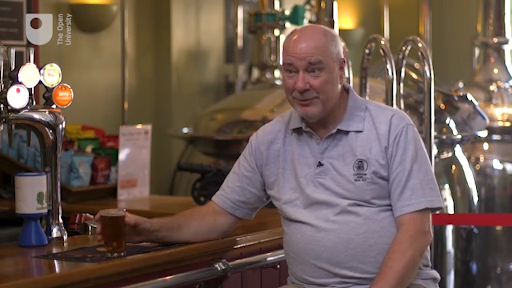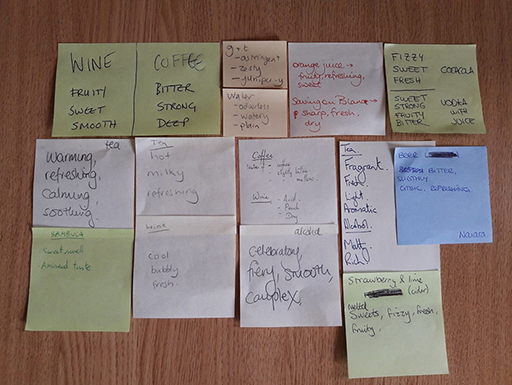1 What makes a champion beer?
In Week 2 you learned about the four main components of beer and how they instil the different characteristics into a beverage. You have also been introduced to the different types of beer that are brewed – lagers, ales and so forth. Given that beer is essentially the same product made in different ways it is surprising that so many complex properties can be found.
Activity _unit4.1.1 Activity 1 Tasting and smelling a beverage
Have a think about describing the last thing you drank – it doesn’t have to be an alcoholic beverage, it could be a cup of tea or glass of cordial. Write down a few descriptors that could be used to identify it by taste and smell.
Now watch this video of Nick Boley from CAMRA describing what makes a champion beer.

Transcript
Do any of the words you used to describe your beverage match the descriptors that Nick used in the video?
Answer
In Figure 1, you can see some words that people have used to describe drinks that they had recently.
A wide variety of words can be used. Some describe tastes such as bitter, sweet and dry but others are different (touch) sensations that we can relate to, such as whether a drink feels bubbly or smooth when it’s in the mouth.
When describing a beverage you can also describe it through what you see. For example, lager is lighter and clearer than a stout, but it is through taste and smell that you gain the most awareness of a drink as you consume it. It might surprise you to learn that these two senses are actually linked and give you a vast amount of information about what you are consuming. For this reason this week will focus on the senses of taste and smell.

